The Science and History of BOTOX, The Fast Growing Cosmetic Trend in the World
Here is Some Rarely Discussed Information
A Disclaimer: Nobody should pass a personal judgment against the millions of people who use Botox to feel better about themselves. All of us as humans strive to find tools and seek paths to our inner peace and happiness. The goal of this article, as always, is to share with others what I have learned (quenching my own curiosity) about the science and numbers behind Botox. But before you read this please note…
…. Science and education today are mostly sponsored businesses because scientists sell their profitable time to the highest corporate/government bidders. I have decided instead to be guided by my conscience and loyal just to seekers and readers. These time-consuming articles are like my gifts to you. Without your subscription (for less than the cost of couple cups of coffee a month) AND sharing this educational article with others, I will be in a difficult position to keep sharing the gifts with other seekers and critical thinkers, and we cannot build our network of seekers/independents in a world of corporate-sponsored science....
Most humans are horrified of snake poisons but they do not realize that Botox (short for Botulinum Toxin) is one million-fold more toxic to humans than the toxin in cobra venom. In fact, Botox is among the most toxic poisons known to humans, with a lethal dose of approximately 1 ng (nanogram) per kilogram body weight1. Yet, Botox injections (of course at concentrations much lower than the lethal dose) are so popular now that it is becoming rare to find Non-Botox (naturally-aged) faces among the world’s top politicians (Biden and Putin included), Hollywood celebrities, social media influencers and even promoters of “natural” health. Surprisingly, even the world’s top experts in the science of “longevity” and staying young (who have made millions selling books and supplements about looking young) have resorted to Botox injections to cover up their aging faces. Here are some facts and science behind this fast-growing phenomenon:
A Worldwide Trend: Between 2000-2020, the number of annual Botox injections increased in the US by about 500%. In 2020 alone, about HALF of all nonsurgical cosmetic procedures in the US were Botox injections. An estimated 5% of American adults 40 years and older have received Botox. The numbers seem to be much higher among famous folks and are not limited to actresses. The list seems to include well-known male figures such as Tom Cruise, Sylvester Stallone, Brad Pitt, Mickey Rourke, Bradley Cooper, Ben Affleck, Elon Musk, and others. Stimulating the trend in Hollywood are the new TV and movie contracts for aging actors like Sylvester Stallone. In an interview with the U.S. Sun, plastic surgeon Dr. Richard Westreich says: “If the Stallones' reality series takes off, we could start to see them behaving like the Kardashians as far as plastic surgery goes. The Kardashians consume plastic surgery like it's breakfast. At the moment, the Stallones are at the early stages of it.”
The Technology and How it Works: BoTox is short for Botulinum Toxin, or botulinum neurotoxin, which is a neurotoxic protein produced by the bacterium Clostridium botulinum. The toxin prevents the release of the neurotransmitter acetylcholine at the neuromuscular junctions, thus causing flaccid paralysis. An aerosolized or foodborne botulinum toxin is studied as a biological weapon. The toxin also causes the disease botulism. The concentration and focal/local administration of cosmetic Botox injections are controlled to minimize the risk of widespread (diffuse) or acute paralysis.
History: It wasn’t until the 1970s that Alan Scott, an ophthalmologist, turned the botulinum toxin into Oculinum, a pharmaceutical to treat lazy eyes (strabismus). In 1991 Dr. Scott sold the rights to make Oculinum to Allergan, which changed the drug’s name to Botox. In the decades that followed, the public’s appetite for it as a facial enhancement exploded. Movie directors began complaining that actors were losing their ability to frown or smile properly — “frozen face” became a trope of the tabloids. It was derided as a pernicious enabler of a youth-obsessed society, a practice best left to the stars of reality television.
Cosmetic but Soul-less Faces? In recent years, the toxin is used commercially for medical (see below) and cosmetic purposes to relax neuromuscular junctions and prevent them from reacting to emotions (as in frowning or wrinkled faces) or stresses (as in migraines). As a result, Botox faces often seem to lack emotional depth and passion (soul), similar to facial figures in movies using the “motion capture” technology.
The Pioneer’s Face: Dr. Jean Carruthers (seen in pictures), the Canadian Professor/businesswoman who pioneered the cosmetic use of Botox in the world (and has had drastic changes of her facial appearance over the years), has admitted that can be a problem but they justify it as such: “The worst complication of Botox treatment is reduced expressivity… We felt bad for a week or two until we suddenly realized.. Most people are quite happy to reduce their ability to frown; if they need to express compassion they can tell people how they feel.”
What Happens Over Time? Over time, numbed nerves, like everything else in the mighty nature, will try to sprout around the numbed terminus and gain their function (life). So Botox injections may work locally for 3-4 months after which additional filler and injections (boosters like vaccines) may be needed. Also, in the long-term, the targeted or nearby muscles, not being in use or needed, may lose their function all together and experience “atrophy’ (loss of mass) leading to facial “deformities.” As a result, certain faces dramatically change over time. This is why older movie fans who have not followed their favorite star for a while, sometimes have a hard time recognizing the new shifting looks of actors like Sylvester Stallone (shown in the picture above next to his mother who also has had heavy Botox) or actresses like Helen Hunt and Nicole Kidman (in pictures).
The Percentage of Happy and Unhappy Botox Recipients: Surveys indicate “about half” of Botox patients indicate they “felt better” about their appearance after the procedure. Among the other half, there are many who seriously regret the injections. In recent years, a large number of celebrities have gone public to share their regret and admission of their poor judgment. Nicole Kidman is among those people along with actress Jamie Lee Curtis, who regrets getting Botox because she thinks it makes her look like a 'Plastic Figurine!' TV celebrity Simon Cowell swore off Botox and fillers after saying it made his face look "like something out of a horror film" and his 8-year-old son Eric was "in hysterics" when he saw Simon’s face! Actress Courteney Cox has also publicly called getting Botox fillers her biggest beauty regret: “I messed up. You don’t realize that you look a little off, so then you keep doing more because you look normal to yourself! And you look in the mirror and go, ‘Oh, that looks good.’ You don’t realize what it looks like to the outside person. I look at pictures of me when I thought I looked OK [with Botox], and I can’t believe it.”
Denials and Controversies: From time to time, we see controversies online about the use of Botox. Actress/Singer/Dancer Jennifer Lopez was harshly criticized in the social media when promoting her skincare product line and claiming her smooth skin (after treatment, as pictured here) resulted only from application of her product. Many commentators accused her of lying and using Botox. Lopez denied use of Botox or other surgeries. But at least a board-certified dermatologist and a plastic surgeon disagree and judging from her smooth forehead, eye brows and lack of crow’s feet (wrinkles around the eyes), believe she has had Botox and possibly other injections.
Potential Harm: One major problem may be iatrogenic botulism which happens because Botox is either injected into the wrong muscle group or with time spread from the site of tissue injection to adjacent or sometimes far off structures, resulting in inadvertent disabling of muscles and serious adverse reactions like facial paralysis, swallowing disorders, direct paralysis, headaches, flu-like symptoms, and allergic reactions. Neurogenic muscle atrophy has been observed for 12 months after a single dose of Botox injection. Animal studies have shown that botulinum toxin can spread to a distance of 30–45 mm from the injection site. As revealed by rodent experiments, botulinum toxin receptors exist in the central nervous system and a small amount of botulinum toxin even crosses the blood–brain barrier. The toxin spread can lead to botulism, muscle weakness or paralysis, dysarthria, dysphonia, dysphagia, and respiratory arrest. These adverse events may be fatal if left untreated. In 2019, there were approximately 71,221 Botox-related emergency room visits in the United States. This was not widely reported in mainstream (corporate-sponsored) media.
Immune and Autoimmune Complications: Emerging evidence shows that repeated injections and higher doses of BoNT-A may provoke the immune system to produce neutralizing antibodies, which lead to reduced or non-existent response to subsequent treatments. Also, injections of Botox may cause thyroid complications (such as Hashimoto's thyroiditis) in predisposed persons based on molecular mimicry with thyroid autoantigens.
Thinned Wavy Skins Exposing Veins: Many Botox patients also complain of a visible waviness, discoloration and thinning of the skin (particularly the skin of the forehead) after years of Botox use. This might mean exposure of subdermal veins between areas of normal thickness.
Medical Uses of Botox: Although not as common as cosmetic uses, Botox may be used to treat chronic migraines and certain neuro-muscular conditions characterized by overactive muscle movement, including spams of neck, head, eyelids, and limbs as in cerebral palsy and post-stroke, post-spinal cord injuries. There are also serious adverse events and injuries reported with medical uses of Botox.
My Own Philosophy as a Scientist: As humans, we are entitled to search for tools that make us happy about our appearance. But besides depending on our physical appearance and our body (what Bible and religious texts call The Temple of the Holy Spirit), our spirit, joy and inner peace relies heavily on balancing our emotional energy and expressions. Through these facial and body expressions, we connect to other humans and provide feedback to each other. As a eusocial species (I share more details in my book) the expressions of sorrow, pain, fear, anger and joy are all important parts of improving our human communities If we gain a smoother skin at the expense of our ability to express (share) emotions with each other, we will not only break down the feedback loops with our human ecosystem, but also build up all that pent up energy inside. There is a reason movement of muscles (including facial muscles) engage acetylcholine and same neurotransmitters which are involved in balancing our body’s metabolism (energy) to ensure we remain healthy (balanced). Frowning not only is part of our “feedback loop,” which tells people they may be hurting us, but it also “releases” some psychological energy (stress) in our body. Joy and happiness are contagious when expressed facially and may trigger the release of oxytocin (the healthy “trust” neuropeptide I discuss in my book). I explain this theme and other paths to achieving metabolic balance (health) in my book.
Independent readers (like this person on Good Reads) have encouraged me but I have received no support from Big House publishers or famous influencers (perhaps because there is not much money in balancing our metabolism!). I wrote the book because I believe it is an essential tool to harmonize our body, brain and soul (like a brain-body-soul user manual). The book summarizes years of my research and findings of my own journey towards balancing my mind, body and soul.
One gram of Botox may be enough to kill over 1 million people!



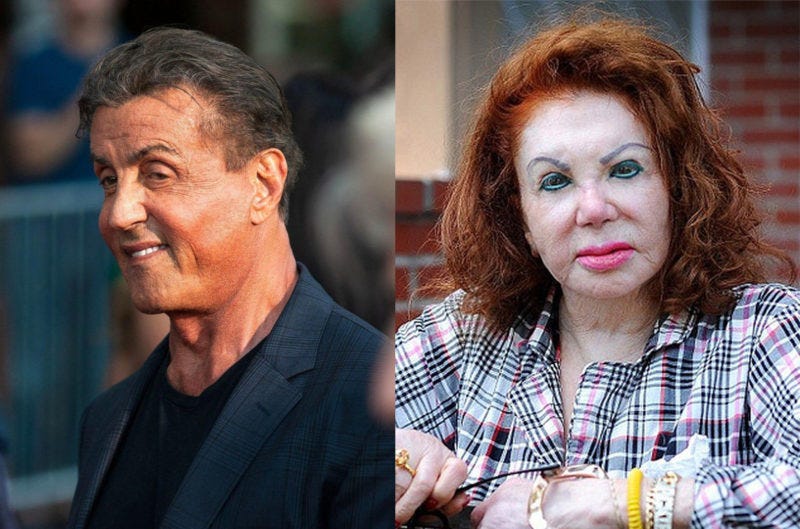
!['Looks like it hurts': Madonna's 'new face' shocks fans [photos] 'Looks like it hurts': Madonna's 'new face' shocks fans [photos]](https://substackcdn.com/image/fetch/$s_!NgPV!,w_1456,c_limit,f_auto,q_auto:good,fl_progressive:steep/https%3A%2F%2Fsubstack-post-media.s3.amazonaws.com%2Fpublic%2Fimages%2F324b5400-5554-48f9-bcdd-b219a7f348bb_1200x858.jpeg)

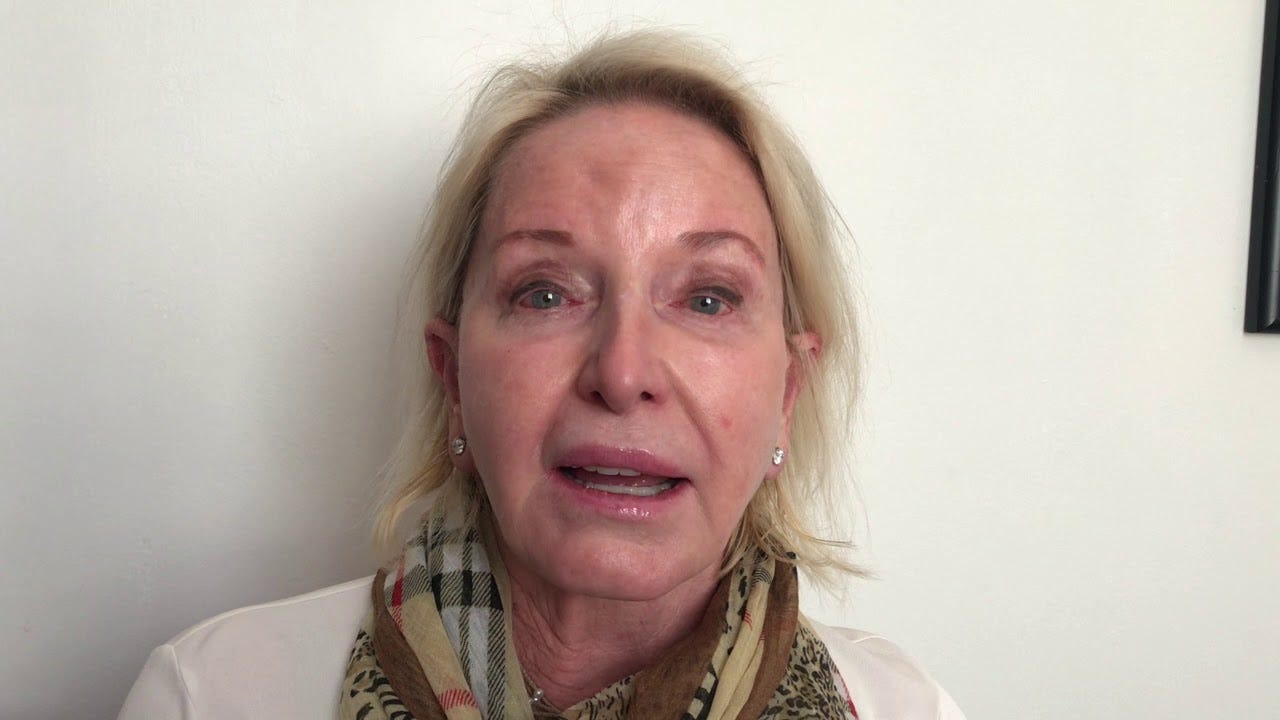
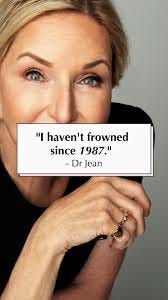
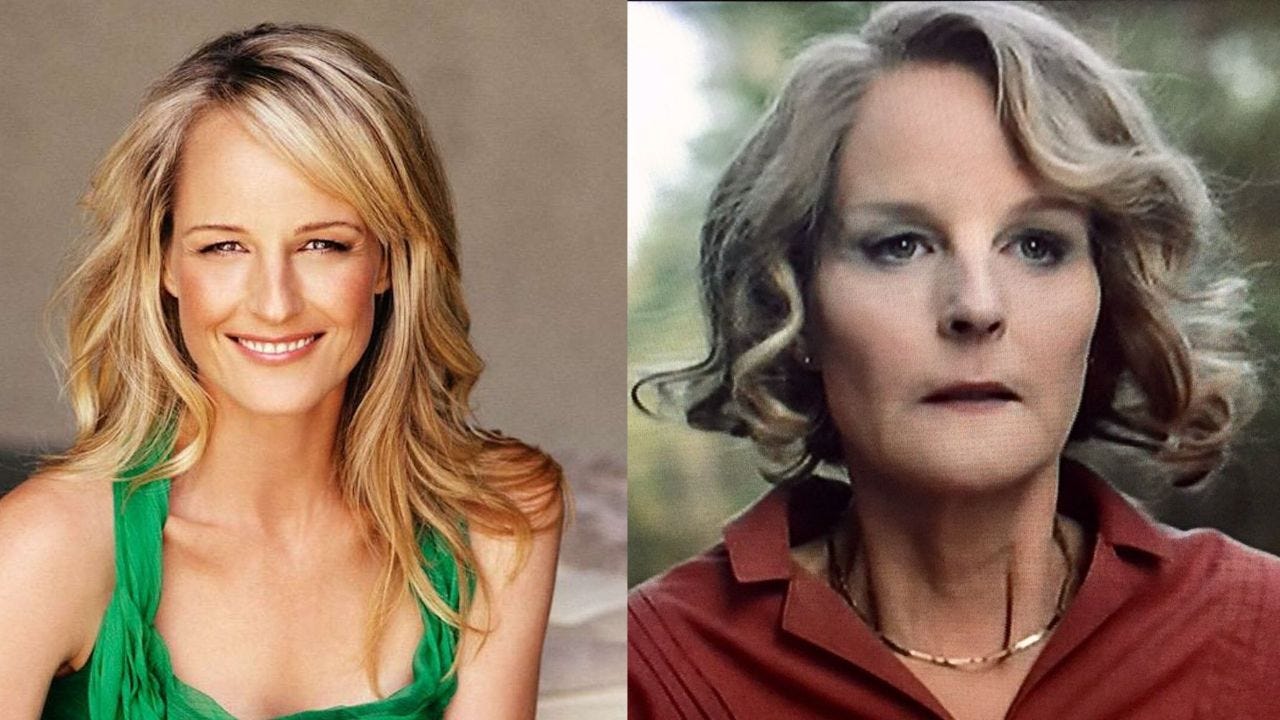


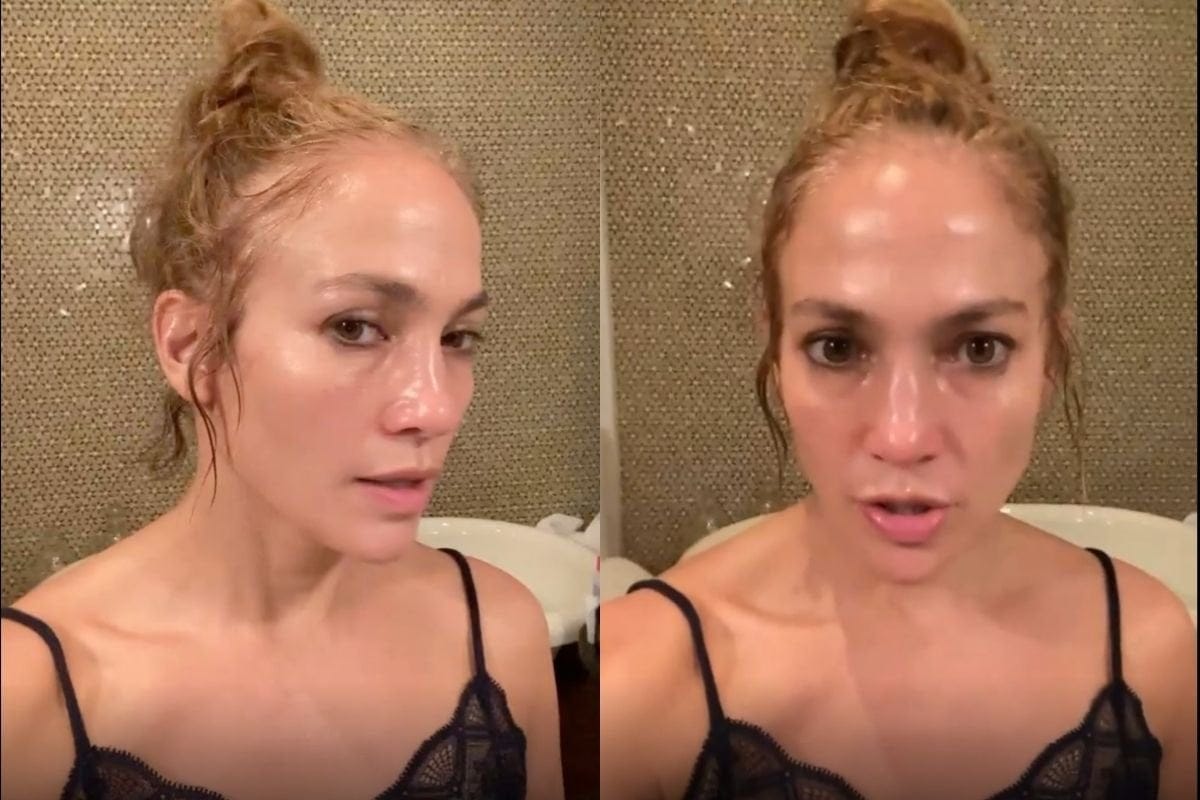

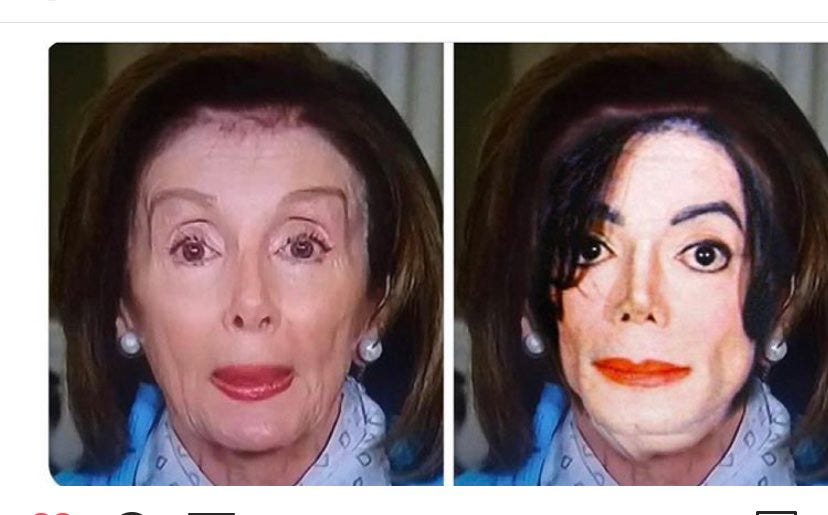

I think forfeiting our ability to express ourselves physically is in a certain sense losing a piece of humanity